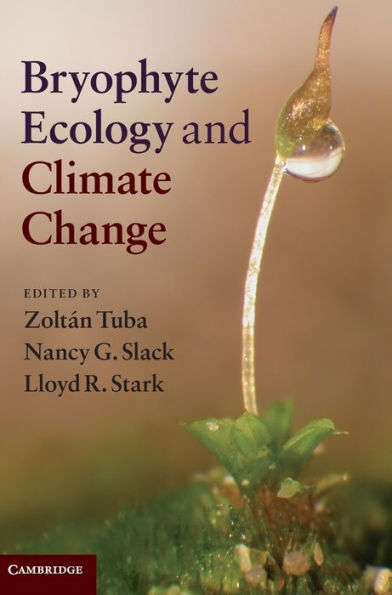5
1
9780521767637



Bryophyte Ecology and Climate Change available in Hardcover, Paperback, eBook

Bryophyte Ecology and Climate Change
- ISBN-10:
- 0521767636
- ISBN-13:
- 9780521767637
- Pub. Date:
- 01/06/2011
- Publisher:
- Cambridge University Press
- ISBN-10:
- 0521767636
- ISBN-13:
- 9780521767637
- Pub. Date:
- 01/06/2011
- Publisher:
- Cambridge University Press

Bryophyte Ecology and Climate Change
$165.0
165.0
In Stock

Product Details
| ISBN-13: | 9780521767637 |
|---|---|
| Publisher: | Cambridge University Press |
| Publication date: | 01/06/2011 |
| Pages: | 528 |
| Product dimensions: | 7.00(w) x 9.80(h) x 1.20(d) |
About the Author
From the B&N Reads Blog
